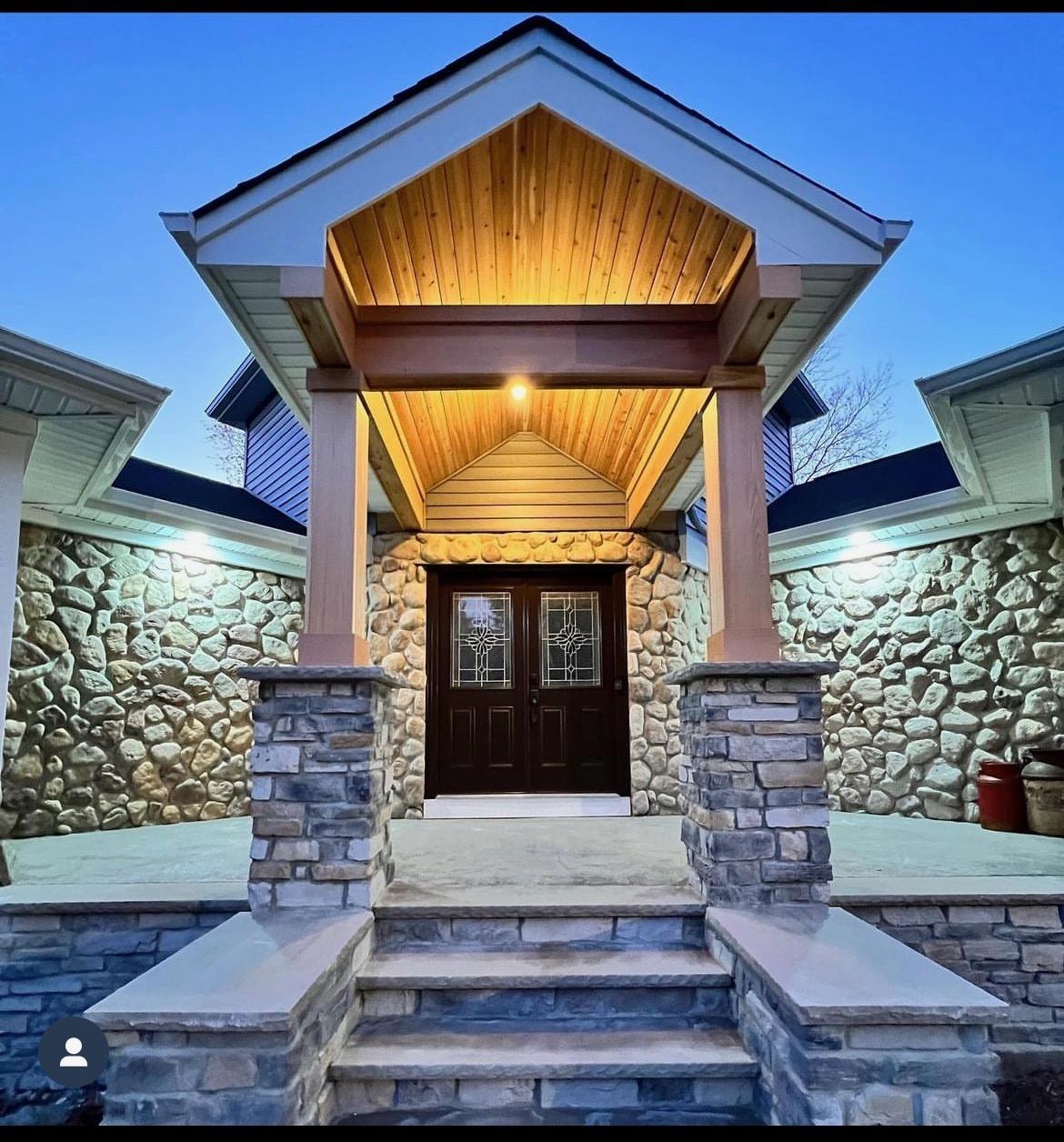
Weatherproof Your Exteriors: Strategies for Enduring Masonry in Harsh Climates Aug 02, 2025
Masonry constructed with high-quality materials and superior craftsmanship is the first defense against weather damage. However, even the best masonry can degrade without proper care in severe conditions. Start by selecting durable materials such as brick, stone, or concrete, each offering its unique advantages in harsh climates. These materials are not only aesthetically pleasing but also provide excellent resistance to rain, snow, and temperature fluctuations.
Next, consider the incorporation of sealants as a critical step in weatherproofing. Sealants act as a protective coat that prevents water penetration. Water is the most damaging element for masonry, often leading to cracks and long-term structural issues. Regularly applying a high-quality, breathable sealant will help maintain the integrity of your masonry, allowing moisture to escape while keeping the bulk of it out.
Another essential strategy is ensuring proper drainage around your masonry structures. Water runoff, if not directed away, can pool and seep into the foundation, causing serious damage over time. Techniques such as sloping the ground away from structures or installing French drains can be effective ways to manage water flow.
Additionally, consider the expansion and contraction cycles that materials undergo due to temperature changes. In cold climates, the freeze-thaw cycles can be particularly damaging to masonry. Designing with controlled joints allows for movement without causing cracks in the masonry. These joints can absorb some of the stress caused by temperature changes, helping to maintain the structure's integrity.
Regular maintenance also plays an important role in weatherproofing your masonry. Inspect your masonry structures periodically, especially after extreme weather conditions. Look for signs of wear such as cracks, efflorescence (a white, powdery substance), or spalling (chipping or flaking). Addressing these issues promptly can prevent minor problems from escalating into significant repairs. Repointing mortar joints and replacing damaged materials are standard procedures that help maintain the structure’s strength.
Moreover, proper insulation behind your masonry wall can help reduce thermal bridging, which contributes to the freeze-thaw cycle damage. Insulating your masonry correctly can help keep the inside temperature stable, reducing the workload on your heating and cooling systems and extending the life of your exterior masonry.
Finally, during the design phase, work with experienced professionals like McClelland Masonry who understand regional weather patterns and can design structures with these conditions in mind. Expertise in climate-specific masonry can make a significant difference in the longevity and resilience of your property.
In conclusion, safeguarding your masonry against harsh weather is not just about immediate protection; it's about ensuring long-term durability and performance. By implementing these strategies—choosing robust materials, applying sealants, ensuring good drainage, allowing for material expansion, performing regular maintenance, and integrating proper insulation—you can enhance the lifespan and appearance of your masonry structures. Trust McClelland Masonry to help you weatherproof your exteriors, providing peace of mind and a lasting investment in your home.
/filters:no_upscale()/media/649ddfe7-2f3c-4eee-bdce-95ba79d51b01.jpg)
/filters:no_upscale()/filters:format(webp)/media/460df444-629f-4222-93a4-1ba0beb8949c.jpg)